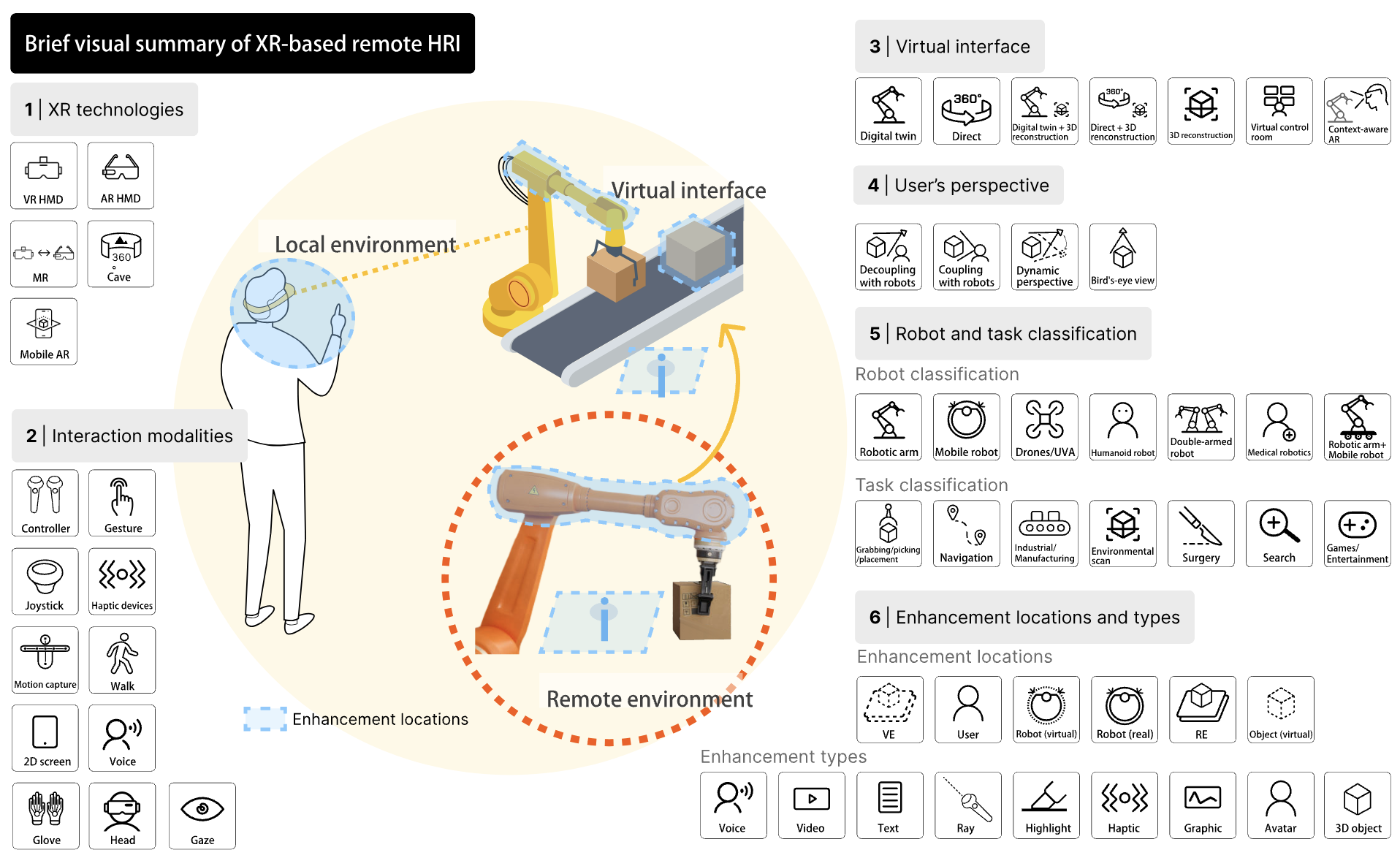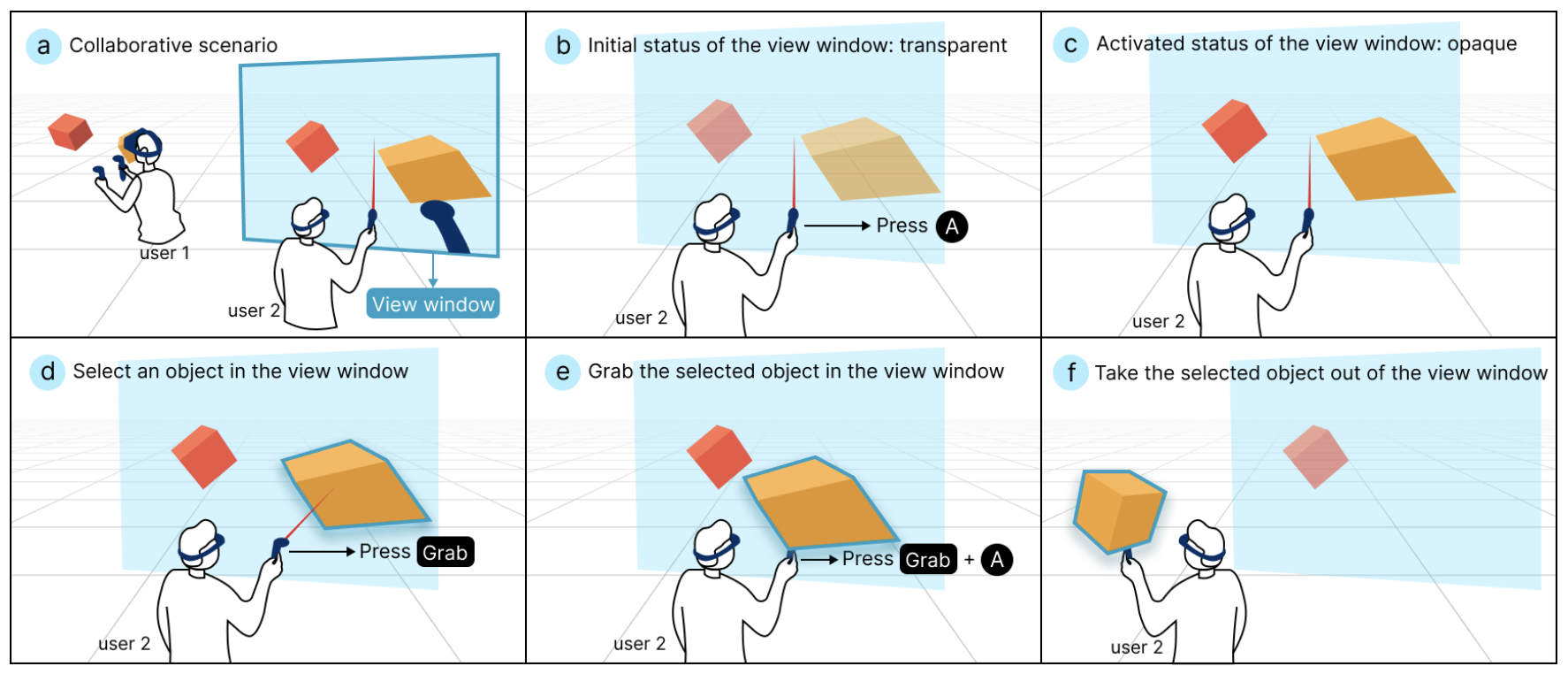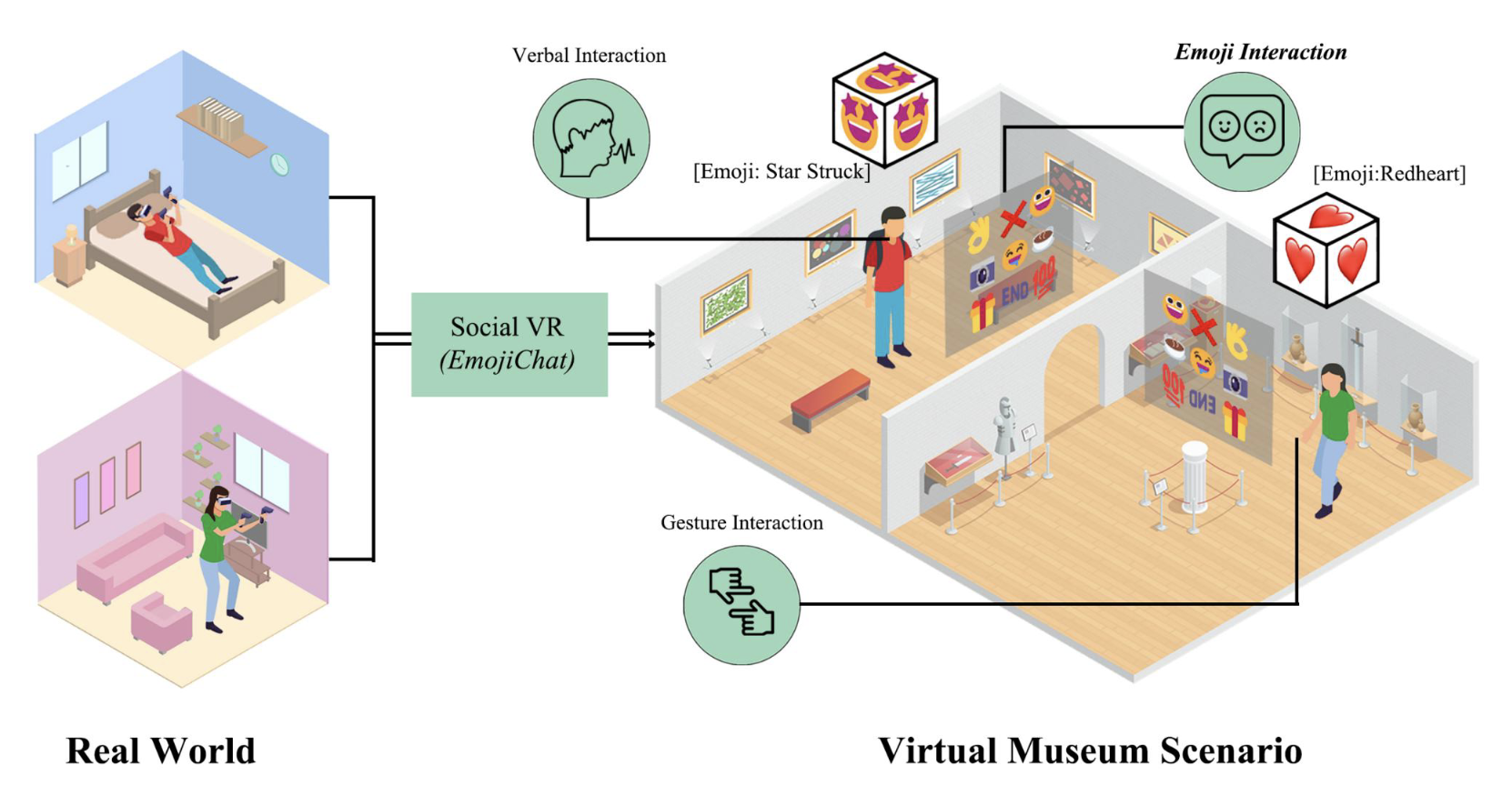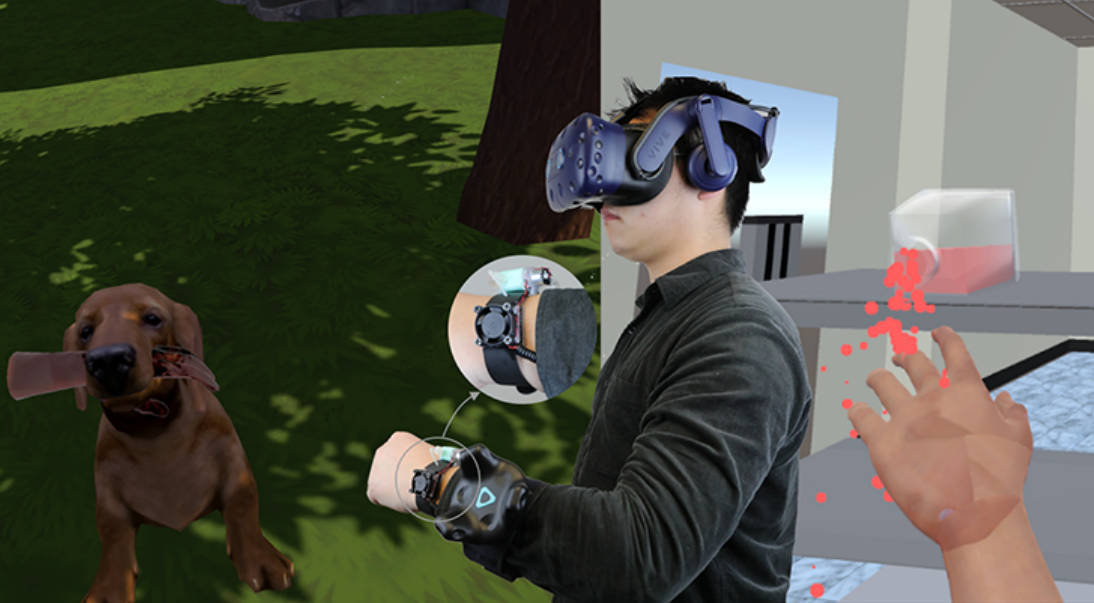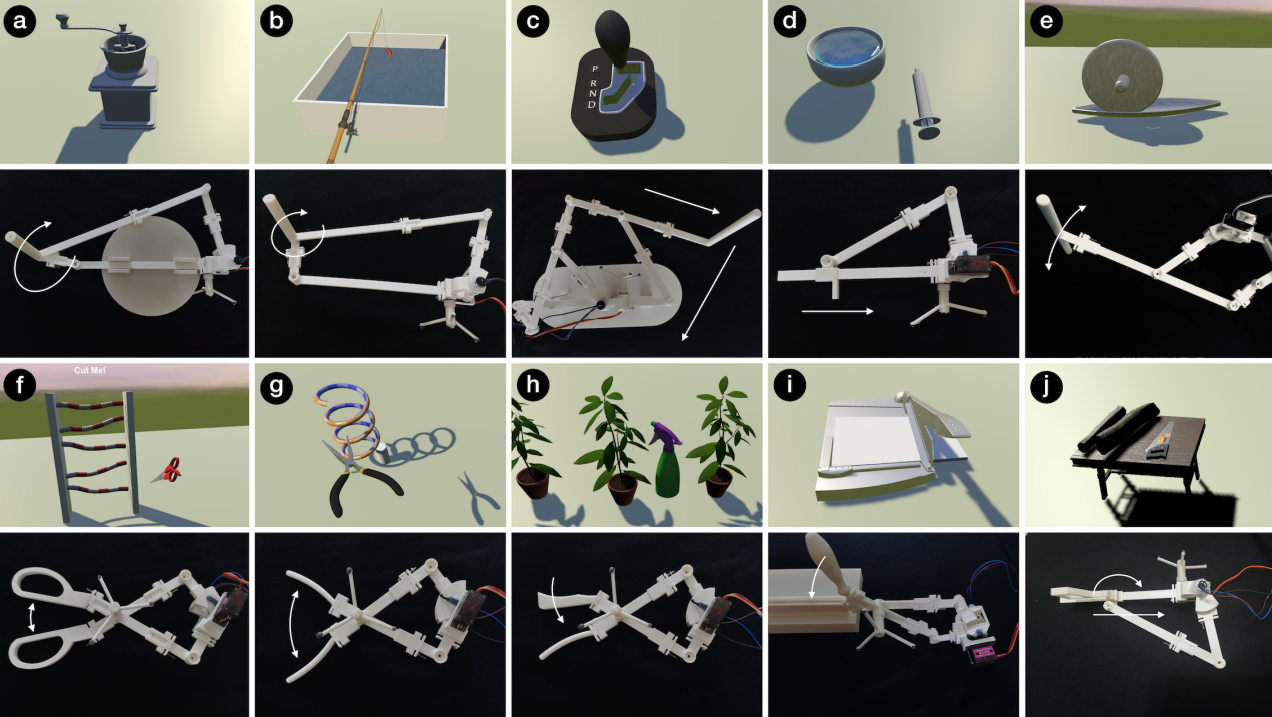Luyao Shen
HCI Researcher

Hi there! I am Luyao Shen, a Ph.D. student at Hong Kong University of Science and Technology (Guangzhou) under the supervision of Prof. Mingming Fan, and Prof. Pan Hui .
My current research interests include Human-Computer Interaction (HCI), User Experience (UX) Design, and Virtual Reality (VR).
- Hobbies Hiking/ Dancing/ Board Game
- Skills
- CV (2026-01)
Latest News
I'm coming to HKUST(GZ) 🎓
I'm coming to the Hong Kong University of Science and Technology in 2022 fall. I will be supervised by Prof. Mingming Fan and Prof. Pan Hui. I will be working on the project of User Experience (UX) design.

